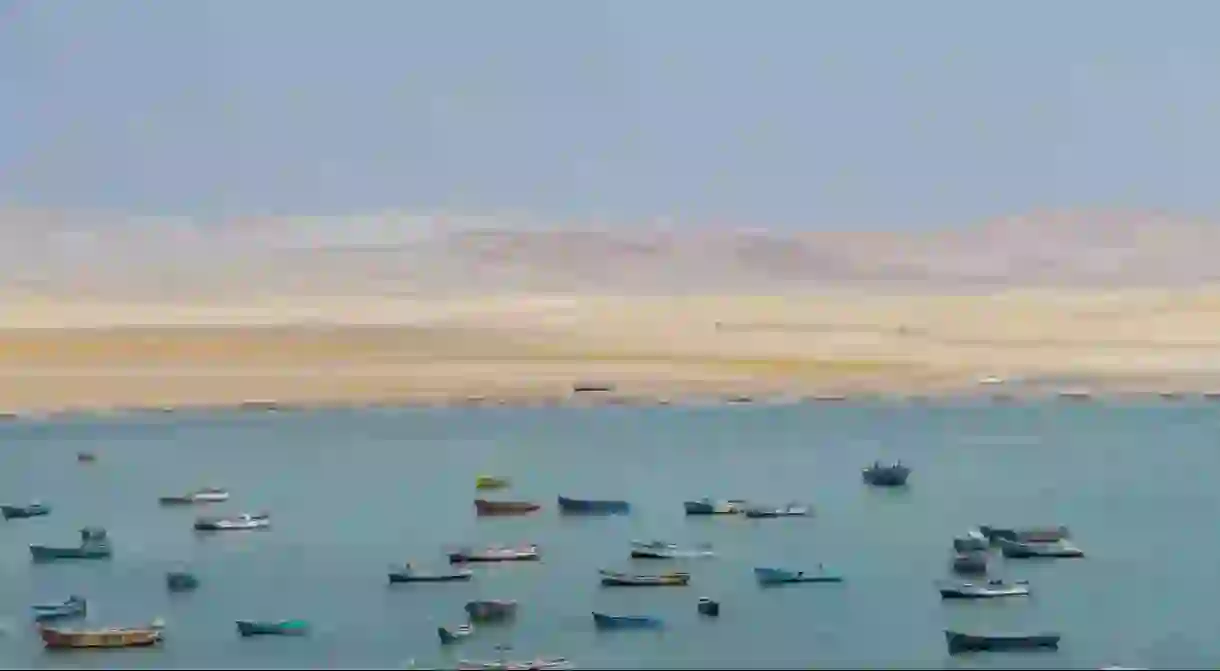Ultimate Guide to Reserva Nacional de Paracas

Located just south of the city of Pisco, this nature reserve offers visitors spectacular red beaches, lively marine life and ancient archaeological sites. Enjoy Reserva Nacional de Paracas’ unique coastline and maybe a trip to Islas Ballestas—or “the poor man’s Galapagos”. Here’s your ultimate guide to the reserve.
The Paracas National Reserve, created in 1975, protects one of the world’s rarest ecosystems and one of the driest deserts on the planet. Its 335,000 hectares is 35 percent mainland and islands, and 65 percent marine waters with temperatures averaging around 75F (24C) degrees and sun almost all year round. While Peru isn’t well known for its beaches, the reserve holds perhaps Peru’s most beautiful.



Beaches
Located along Peru’s southern coast, this national reserve is a protected area covering coastal water, islands and mainland sections. The rugged coastline makes for beautiful beaches. The most picturesque beach is Playa Roja, a beautiful red-sand beach and sparkling blue water offering sightseers a spectacular color palette. The beach of Lagunillas is a little fisherman’s village where you’ll find some fresh sea food and, of course, Peru’s delicious ceviche. La Mina beach is a short drive or walk south of Lagunillas and allows visitors to camp, but be careful because there have been reports of robberies. Remember that during the summer months (January to March) it gets hot, so bring plenty of water.


Boat tours
The best way to see the reserve’s abundant marine life is to take a boat tour around the peninsula. While you won’t be let off the boat, you’ll get remarkably close to all the marine life. Along the peninsula the amount of wildlife is staggering, from penguins, sea lions and turtles—depending on the season, you’ll have a chance to see some whales. Day tours of the peninsula cost around 35 soles (US$10) and can be combined with the Islas Ballestasfor a full day around 60 soles (US$18). Your day will be filled with plenty of birdwatching—the islands are literally covered with birds—and checking out the sea lions and penguins in their natural habitat. It may be called “the poor man’s Galapagos,” but it is definitely worth a trip.




History
The Paracas people are a civilization who pre-date the Incas and learned to tame one of the world’s driest deserts. Most of the artifacts from this area have since been transfered to museums throughout Peru, like the pottery art found at Museo Larco, but the reserve still offers visitors the chance to see a 5,000-year-old Necropolis. The Julio C. Tello Site Museum permanently displays pieces of the Paracas culture found in the local cemeteries.




How to get there and when to go
The cheapest and best option is to take a bus from Pisco to the town of El Chaco. The town is the starting point for tours of both Paracas and Islas Ballestas,and it will offer plenty of accommodation and food options. The best time to go is in the summer months (January to March), but given that its a desert with year-round sun, there almost isn’t a bad time to go.















